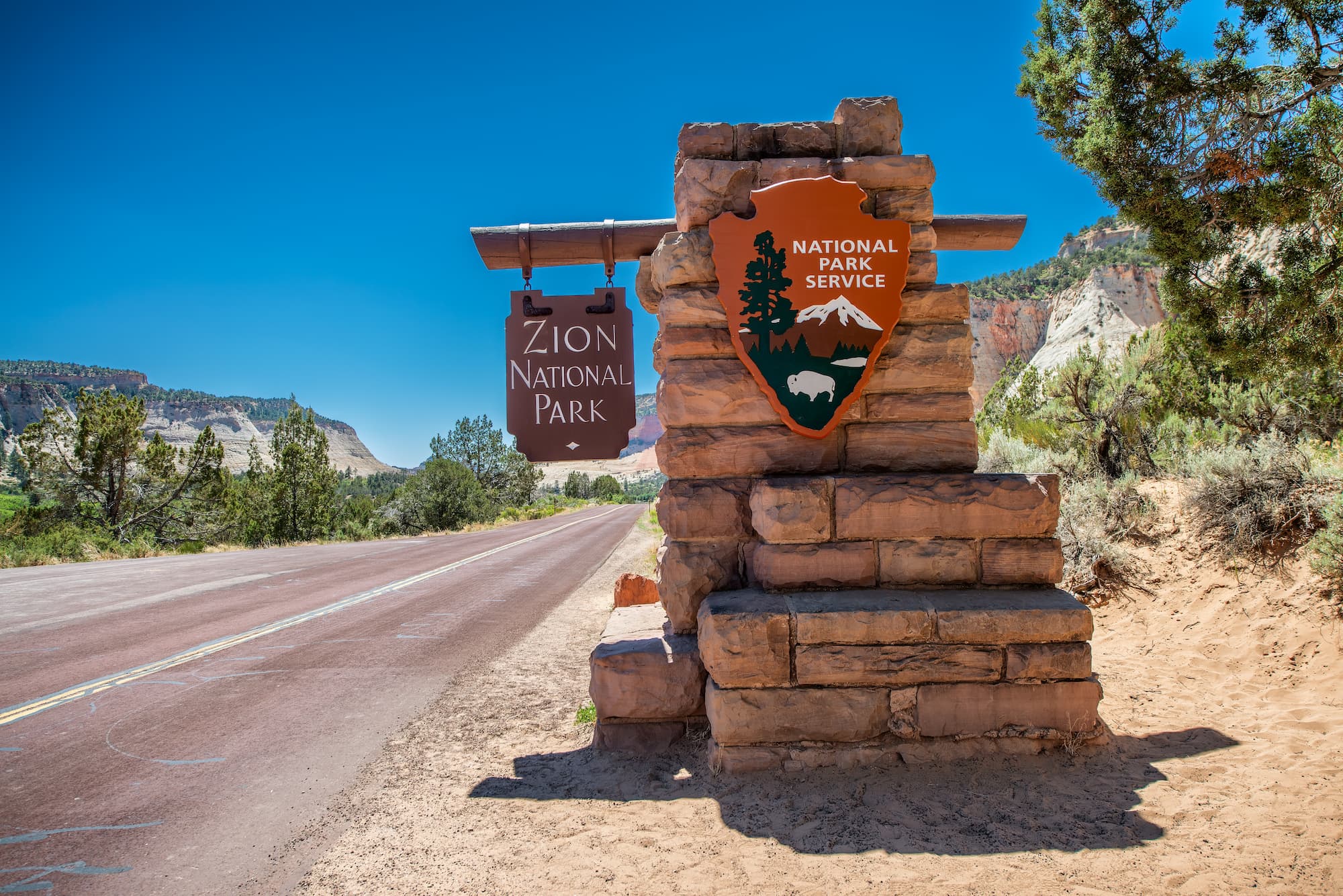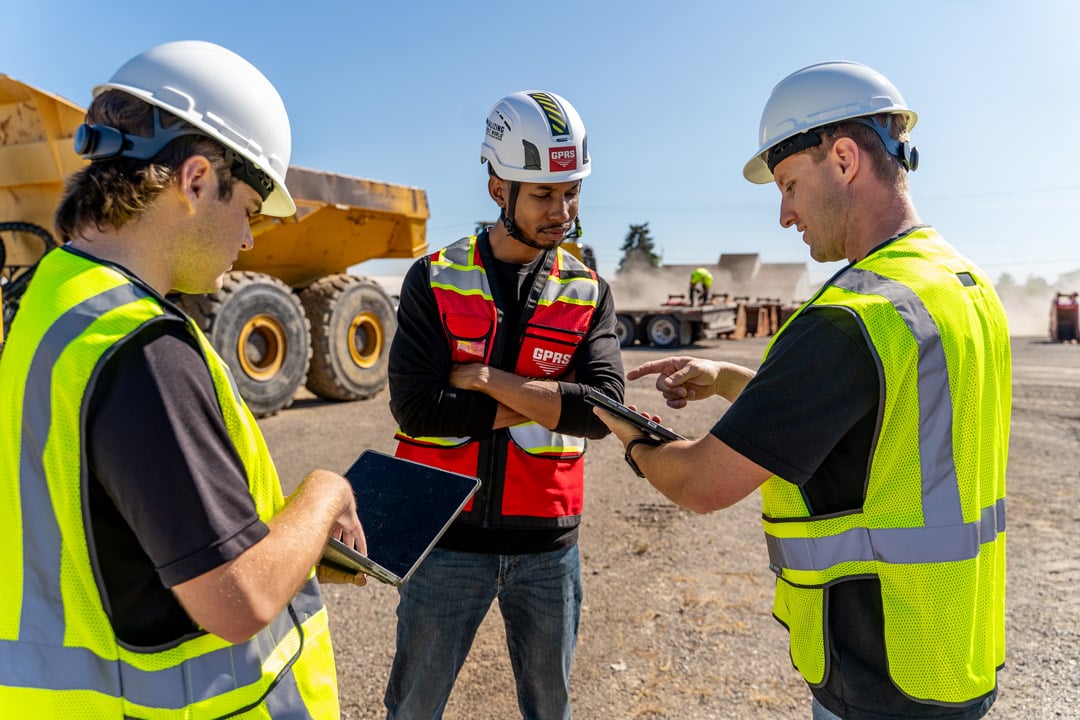Heritage site management and infrastructure conservation are not just about preserving physical structures; they are conduits for culture and history, connecting us to who we were and what we can become.
In the United States there are more than 18,000 units of local government (cities, towns, villages, counties, etc.), but the National Park Service reports that only 2,700 of them have local preservation commissions that have been certified under the program. As we stand on the cusp of the future, it’s essential to maintain a firm grip on our past, so that we remember it and learn from it. Historical preservation is important. In this digital age, the role of technology in preserving our heritage is increasingly profound. SiteMap® (patent pending) powered by GPRS, is revolutionizing how we approach the preservation of our historic sites and infrastructure.

A fun fact about Zion National Park is that it was established as Mukuntuweap National Monument on July 31, 1909, by President William Howard Taft. However, it wasn’t until November 19, 1919, that it was redesignated as Zion National Park by Congress.
Importance of Preserving Heritage Sites and Infrastructure
The preservation of heritage sites and infrastructure is crucial for several reasons. These spaces are not only valuable repositories of our past but also economic and social assets for our communities. They serve as educational resources, inspire works of art, and anchor communities in a shared identity. Recognizing their significance, governments and organizations around the world invest substantial resources in their preservation, making efficiency and accuracy in management paramount. There are many points that make preserving heritage sites of importance, including:
Cultural and Civic Identity
By preserving historic sites and buildings, it’s easier to maintain the unique character of our community and the nation. This helps to reflect the cultural identity of a place and reinforces civic pride. Organizations like the National Trust for Historic Preservation are dedicated to protecting these spaces.
Economic Benefits and Sustainability
Investing in historic preservation offers significant economic opportunities. These opportunities include providing affordable housing by rehabilitating old buildings through adaptive reuse, to creating jobs, as preserving sites often leads to revitalization and economic growth. Sustainability is at the core of preservation, emphasizing the reuse and renewal of resources, thus reducing waste and often costing less than new construction. By doing so, we can take another step toward reducing our yearly global carbon emissions.
Memory, Continuity, and Future Generations
By preserving the past, you keep its memory alive and well, providing a sense of continuity and a bridge to the past for future generations. Places listed in the National Register of Historic Places evoke the beauty and the struggles that shaped today, ensuring the narrative endures to inspire tomorrow.
There are many ways in which conservation and preservation are crucial, from urban settings to rural and even subsurface. Preserving yesterday helps us understand the framework of tomorrow.
Overview of the Role of SiteMap® in Preservation Efforts
At the heart of SiteMap® is the commitment to preserving history through precise data collection and comprehensive documentation. The software supports the mapping of underground utilities, physical building details, and every inch of a heritage site, creating a holistic view that is critical in both active management and long-term conservation planning. This is accomplished with a suite of complementary data capture technologies from ground penetrating radar to advanced 3D LiDAR scanning, maps, 3D meshes, and building information management (BIM) models that can integrate the above and below-ground infrastructure of any site.
Understanding SiteMap®
Definition and Purpose of SiteMap® in Heritage Site Management
SiteMap® is a GIS-based utility mapping system that brings a new level of detail to heritage site mapping. It allows for a 3D digital representation of the site, which can be overlaid with historical data, utility configurations, and usage patterns, providing a dynamic platform for site monitoring and management.
Key Features and Benefits
-
- Easy Integration: With today’s advances in technology, easy integration with daily workflows and offers data portability with other mapping software to ensure that the information is easily integrated and accessible.
- Accessibility: The platform is designed for ease of use, making it accessible to all workers, project managers, and stakeholders involved in the management of heritage sites. You decide who gets access and for how long.
- Scalability: Whether managing a single building, a small historic village, or a sprawling castle complex, SiteMap® is scalable to suit the size and scope of any site.
-
- Accuracy: SiteMap® is different because we utilize GPRS data and technology. This means the utility and concrete data you see in your SiteMap® is 99.8% accurate, which helps to ensure that a utility strike doesn’t destroy any historical site, and your 3D captured data is accurate within 6mm.
Benefits of SiteMap® in Heritage Site Management

Enhanced Documentation and Mapping of Historical Sites
SiteMap® enables the creation of detailed maps that capture every element of a site. This means everything from multiple utility lines to potential underground shifts in terrain can be documented and preserved for future generations. This helps the study and protection of historical sites.
Efficient Resource Allocation and Planning
By providing a current and comprehensive map of the site down to the location of pipelines and wires, SiteMap® ensures that resources are allocated efficiently and maintenance schedules are optimized.
Improved Visitor Experience and Engagement
With SiteMap®, managers are able to plan visitor routes and experiences with greater precision, ensuring that people have an enriching and safe visit, while also managing foot traffic to minimize impact on the site.
Enhanced Collaboration and Communication Among Stakeholders
SiteMap® serves as a collaborative platform where different stakeholders, from historians to groundskeepers, can share information, insights, and concerns. This unity in data and communication translates into a cohesive heritage strategy.
Challenges and Limitations

Potential Challenges and Limitations of Using SiteMap®
No system is without its hurdles. To keep your information up to date as you renovate, repair, and maintain your site, additional data capture will be required to keep your existing conditions documentation current. This ensures that all data remains true and correct. While AI and other predictive analysis may help project changes, only through the use of boots on the ground and actual locating technology can this data be accurate and true for the highest quality of historic safekeeping and study.
Strategies to Overcome These Challenges
To mitigate these challenges, locating, scanning, and mapping appointments can be pre-scheduled with GPRS well in advance, creating a fluid schedule of check-ins that foster accuracy and safety.
The integration of SiteMap® into heritage site management and infrastructure conservation is a significant step forward in our ability to preserve and appreciate our shared history. The benefits — from improved site monitoring and reduced maintenance costs to enriched visitor experiences — are substantial. It’s clear that technology is not only the path to our future but a powerful tool in safeguarding our past.
We encourage heritage managers and conservationists to explore the potential of SiteMap® in the context of their sites. By embracing the technology of the future, we can help safeguard the purity of our past.
Let’s ensure that as we move forward, we do so with the utmost care and consideration for the heritage that anchors our communities in history and hope. Contact SiteMap® today to learn more about how we can help you see the subsurface in new ways.
